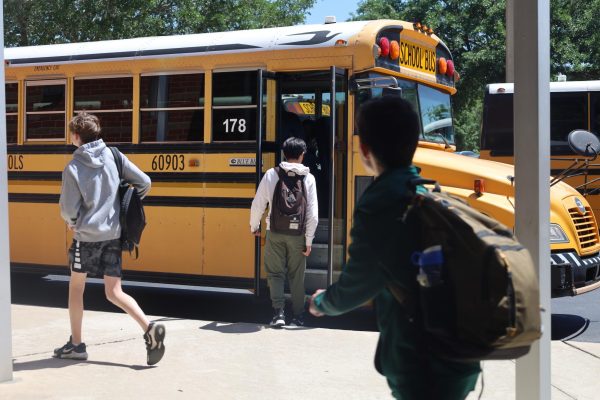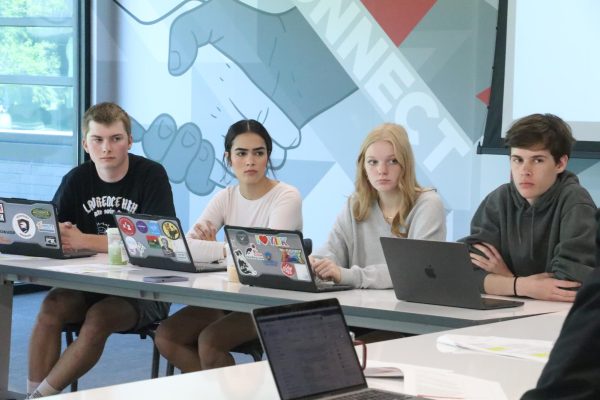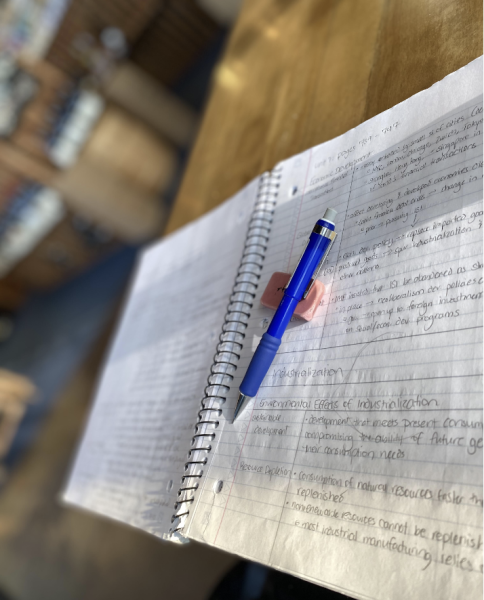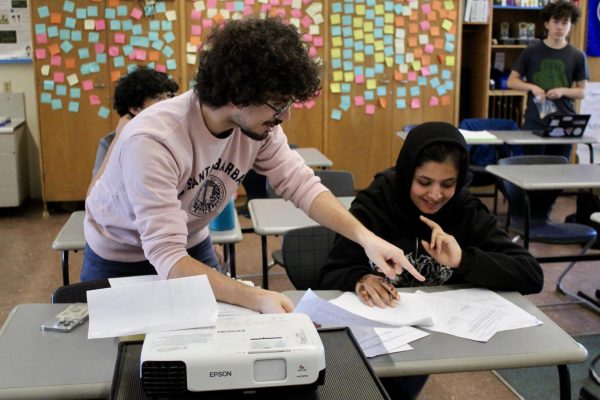India’s COVID case spike spurring increased caution among locals
Following a brief period of lowered COVID-19 cases, a recent surge of cases in April has left India grappling with a second wave, making it the country with the second-highest number of COVID-19 cases in the world currently. Source: Johns Hopkins University Coronavirus Resource Center.
May 21, 2021
After a period of little to no COVID cases in India, a recent surge of cases created a second wave, leaving millions infected.
“Every boundation [imitation] was removed, schools, colleges, malls, cinemas were open and people were traveling freely, without taking any precautions,” said Jaypee University student Anupriya Malik via text, cousin of Coppell High School junior Arpita Rana.
The 8,431 mile distance from the United States to India, combined with the unknowns of the pandemic have instilled worry for families in the United States for their distanced loved ones.
“We have all of our family in India,” CHS junior Amita Satish’s mother Maithreyi Satish said. “It is very scary that we are so far away and the situation is so unpredictable that we are not sure what would happen or what we would wake up to.”
COVID cases were stabilized in India until April, where 700 new cases were recorded in a single day before the surge, when the cases were close to none. There are more than 24 million cases and 262,000 deaths recorded.
“The sudden rise in COVID cases was totally unexpected,” Rana’s cousin and University of Delhi student Astha Rana said. “I thought that with the declining cases, we all would gradually be able to go back to the lifestyles that we had before COVID. I had planned a lot of activities for the summer, but none of it can happen now. Lockdown has been imposed and no one knows when it’s going to end. We are once again confined to our homes and can’t step out.”
The rise of cases was around the same time as the elections in India, which according to Malik, might have aided in more infections per day than any other country.
“The Election Commission organized elections, which can be delayed, and no protocol was followed,” Malik said. “As a first, the new strain of the virus was found in metropolitan cities, and it was transmitted to the rural areas when people traveled to their cities and villages for casting votes.”
With the spike in cases also came travel restrictions, limiting U.S. families from seeing their sick loved ones.
“With the travel restrictions and all of the things that this whole pandemic is carrying, there is definitely a lot of uncertainty and a little undefined fear,” Maitheryi said.
The overwhelming increase in cases everyday has also caused oxygen and resource storage in India, leaving many patients untreated and many hospitals undersupplied.
“Some of my relatives are admitted in various hospitals in and around Delhi,” Astha said. “Resources are scarce. Many times, they had to shift between multiple hospitals to get oxygen, an ICU bed, some injections or medicine. So many people are dying each day and it couldn’t get more scary.”
Astha thinks the United States and other countries can help India by providing a supply of resources to take care of their patients. The United States started supplying oxygen to India from April 29.
“Other countries can provide help by supplying the necessary equipment like oxygen cylinders and concentrators,” Astha said. “There is a shortage of vaccines in India since the population is huge, and if other countries could supply vaccines, it’d be of great help.”
This story was originally published on Coppell Student Media on May 17, 2021.

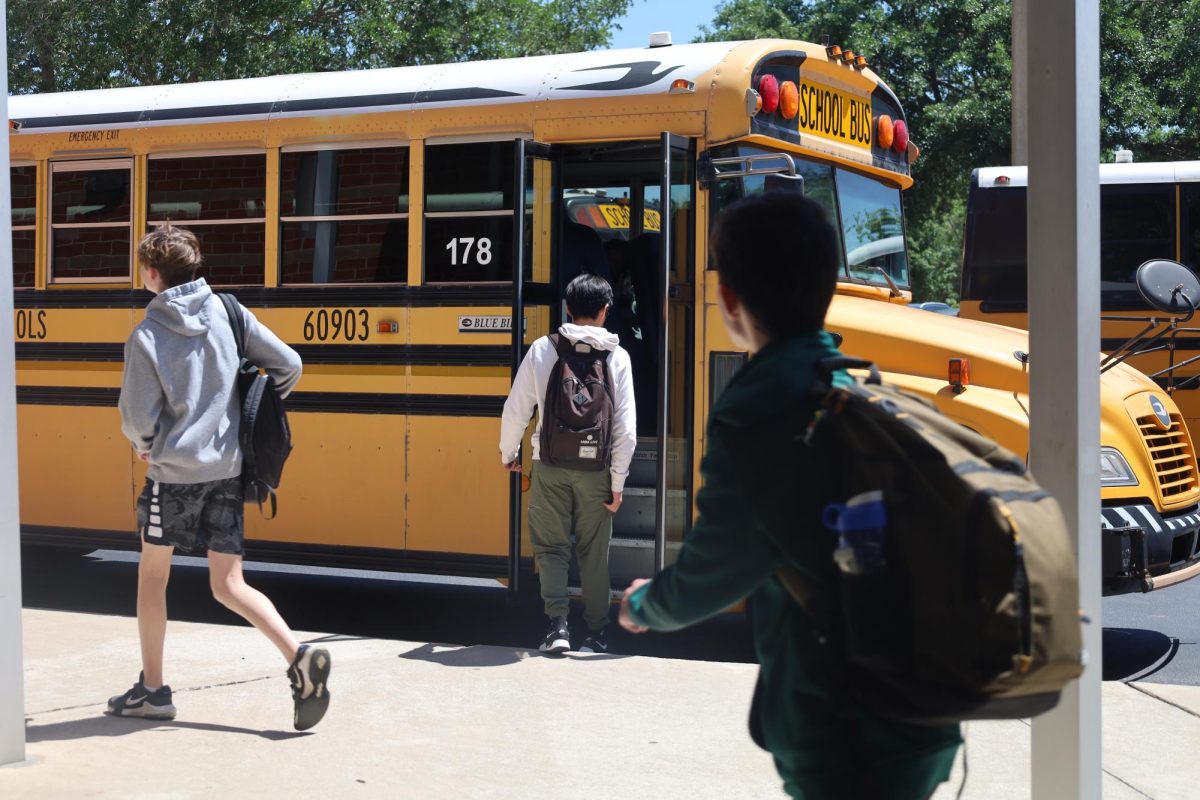


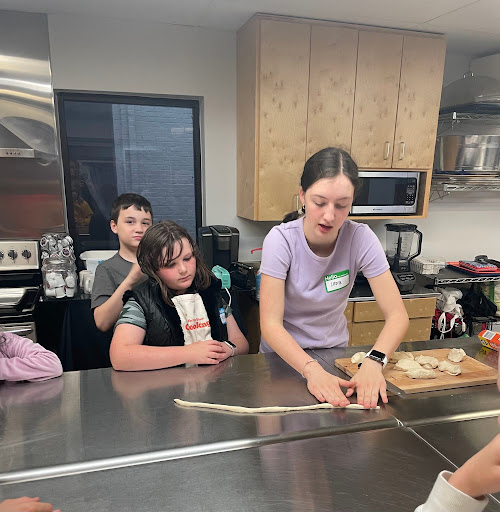
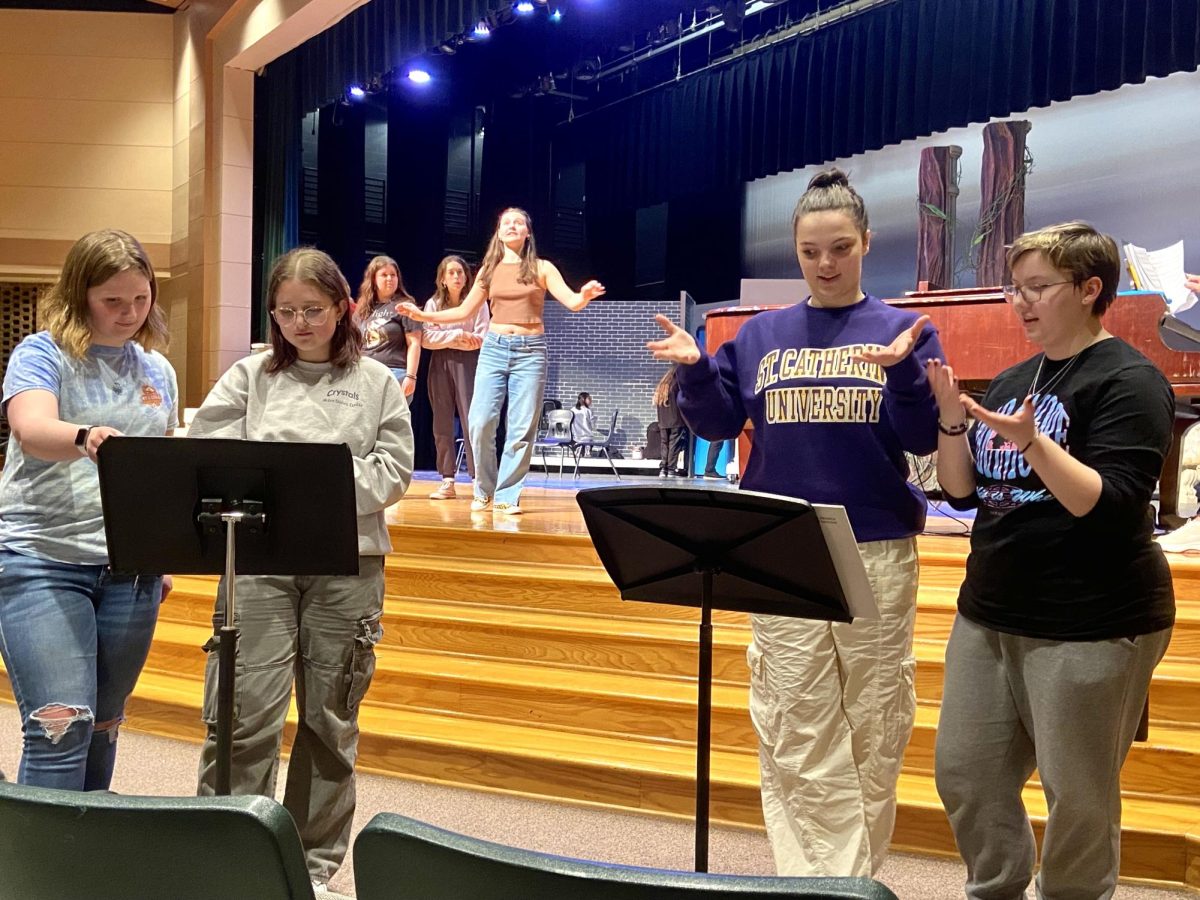
![It was definitely out of my comfort zone to get [the dress] and decide I loved it enough not to wait and risk not having something that memorable.](https://bestofsno.com/wp-content/uploads/2024/04/Precious_20180902_JRS_00008_ed1.jpg)


![Sophomore Sahasra Mandalapu practices bharatanatyam choreography in class. These new dances will be performed in an annual show in February. Mandalapu found that practicing in class helped her overcome stage fright during her performances. “When [I] get on stage, Im nervous Im going to forget, even though Ive done it for so long,” Mandalapu said. “Theres still that little bit of stage fright [when] I second-guess myself that I dont know it enough, but I do because Ive been practicing for a whole year.”](https://bestofsno.com/wp-content/uploads/2024/05/Sahasra-6-Large-1200x844.jpeg)

![In their full runway outfits, (from left) Audrey Lee 25, Olivia Lucy Teets, 25, Fashion Design teacher Ms. Judy Chance, and Xueying Lili Yang pose for a photo. All three girls made it to Austin Fashion Week by getting in the top 10 in a previous runway show held by Shop LC.
[I like my students] creativity and how they can look at a fabric and make it their own, Ms. Chance said.](https://bestofsno.com/wp-content/uploads/2024/04/IMG_9686-e1714088765730-1129x1200.jpeg)














![IN THE SPOTLIGHT: Junior Zalie Mann performs “I Love to Cry at Weddings,” an ensemble piece from the fall musical Sweet Charity, to prospective students during the Fine Arts Showcase on Wednesday, Nov. 8. The showcase is a compilation of performances and demonstrations from each fine arts strand offered at McCallum. This show is put on so that prospective students can see if they are interested in joining an academy or major.
Sweet Charity originally ran the weekends of Sept. 28 and Oct. 8, but made a comeback for the Fine Arts Showcase.
“[Being at the front in the spotlight] is my favorite part of the whole dance, so I was super happy to be on stage performing and smiling at the audience,” Mann said.
Mann performed in both the musical theatre performance and dance excerpt “Ethereal,” a contemporary piece choreographed by the new dance director Terrance Carson, in the showcase. With also being a dance ambassador, Mann got to talk about what MAC dance is, her experience and answer any questions the aspiring arts majors and their parents may have.
Caption by Maya Tackett.](https://bestofsno.com/wp-content/uploads/2024/02/53321803427_47cd17fe70_o-1-1200x800.jpg)
![SPREADING THE JOY: Sophomore Chim Becker poses with sophomores Cozbi Sims and Lou Davidson while manning a table at the Hispanic Heritage treat day during lunch of Sept 28. Becker is a part of the students of color alliance, who put together the activity to raise money for their club.
“It [the stand] was really fun because McCallum has a lot of latino kids,” Becker said. “And I think it was nice that I could share the stuff that I usually just have at home with people who have never tried it before.”
Becker recognizes the importance of celebrating Hispanic heritage at Mac.
“I think its important to celebrate,” Becker said. “Because our culture is awesome and super cool, and everybody should be able to learn about other cultures of the world.”
Caption by JoJo Barnard.](https://bestofsno.com/wp-content/uploads/2024/01/53221601352_4127a81c41_o-1200x675.jpg)




